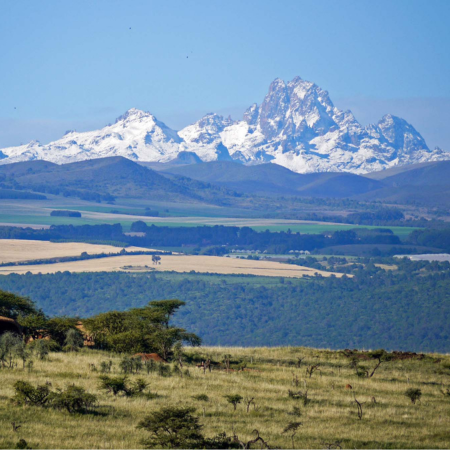
Mount Kenya, Africa's second-highest peak after Kilimanjaro, stands as a majestic symbol of natural beauty and ecological diversity. Located in central Kenya, this iconic stratovolcano is a UNESCO World Heritage Site, drawing adventurers and nature enthusiasts alike. Its snow-capped peaks, despite receding due to climate change, still command awe and respect. Mount Kenya's allure extends beyond its summit; its slopes are adorned with diverse ecosystems, ranging from lush forests to alpine meadows, supporting a rich variety of flora and fauna. The mountain holds significant cultural significance for local communities, serving as a sacred site and a source of traditional folklore and spiritual beliefs.
Ascending Mount Kenya offers climbers a challenging yet rewarding experience, with several routes catering to varying skill levels. The most popular route, the Sirimon-Naro Moru circuit, provides a thrilling journey through diverse landscapes, offering glimpses of wildlife such as buffalo, elephants, and various bird species. For the more adventurous, technical climbs up the mountain's steep rock faces present an exhilarating challenge. Mount Kenya National Park, surrounding the mountain, offers opportunities for hiking, camping, and wildlife viewing, ensuring a memorable adventure for visitors.
Beyond its recreational and ecological significance, Mount Kenya plays a crucial role in the region's hydrology, serving as the source of several major rivers that sustain local communities and wildlife habitats. However, the mountain faces threats from climate change, deforestation, and unsustainable land use practices, highlighting the importance of conservation efforts. Initiatives aimed at preserving Mount Kenya's unique ecosystems and cultural heritage are essential for ensuring its continued existence for future generations to admire and enjoy.